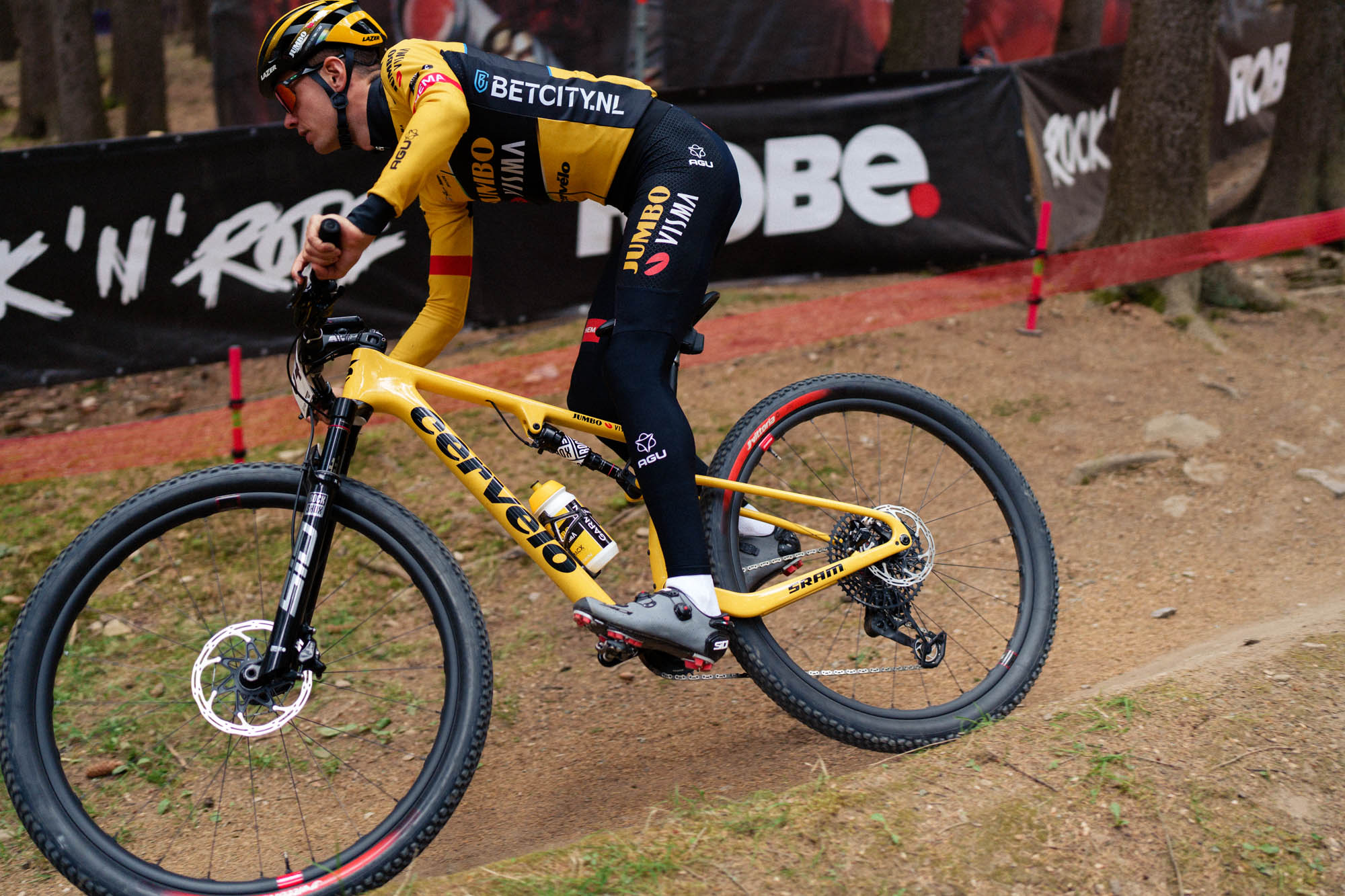Almost concurrently with the news that Pinarello is diving into the full-suspension cross-country mountain bike world with its new Dogma XC, Cervelo is now doing the same with its first model – the ZFS-5 –officially debuting this weekend under Team Jumbo-Visma at the first UCI World Cup XCO event in Nové Město, Czech Republic. Although some official details are unknown at the moment, we do now know enough to be pretty reasonably excited about it.
First, a bit of background.
As is the case for many brands in the modern business era, Cervelo is owned by a much larger parent corporation: Pon Holdings. As such, Cervelo shares space with several other brands, including Santa Cruz, Cannondale, Juliana, and GT, many of which already have an existing XC platform that Cervelo could very easily co-brand.
However, Cervelo at some point decided it didn’t want to just provide its sponsored riders with a repainted Santa Cruz Blur – the company’s most XC-focused full-suspension model – instead opting to developing its own full-suspension race machine.
Well, sort of.

“[The marketing guys] were interested in having a presence in the World Cup XC scene,” Cervelo’s engineering manager, Scott Roy, told Escape Collective. “We couldn’t have them on Santa Cruz bikes, so we were like, ‘why don’t we try to make a full-suspension bike?’ Turns out it’s a little bit harder than just doing a hardtail.”
This seems to be one of those rare occasions where corporate consolidation is beneficial, as while the ZFS-5 is a close cousin to the Santa Cruz Blur, it’s not a direct copy.
“Santa Cruz were fundamental for us in terms of the kinematics of the bike,” Roy explained. “The hard points – BB-to-swingarm, swingarm-to-link pivot, link pivot-to-shock pivot, shock pivot-to-top tube – are the same across the sizes as the Blur, but the geometry of the two bikes is different, and the design language is different. It’s not a repainted Blur.”
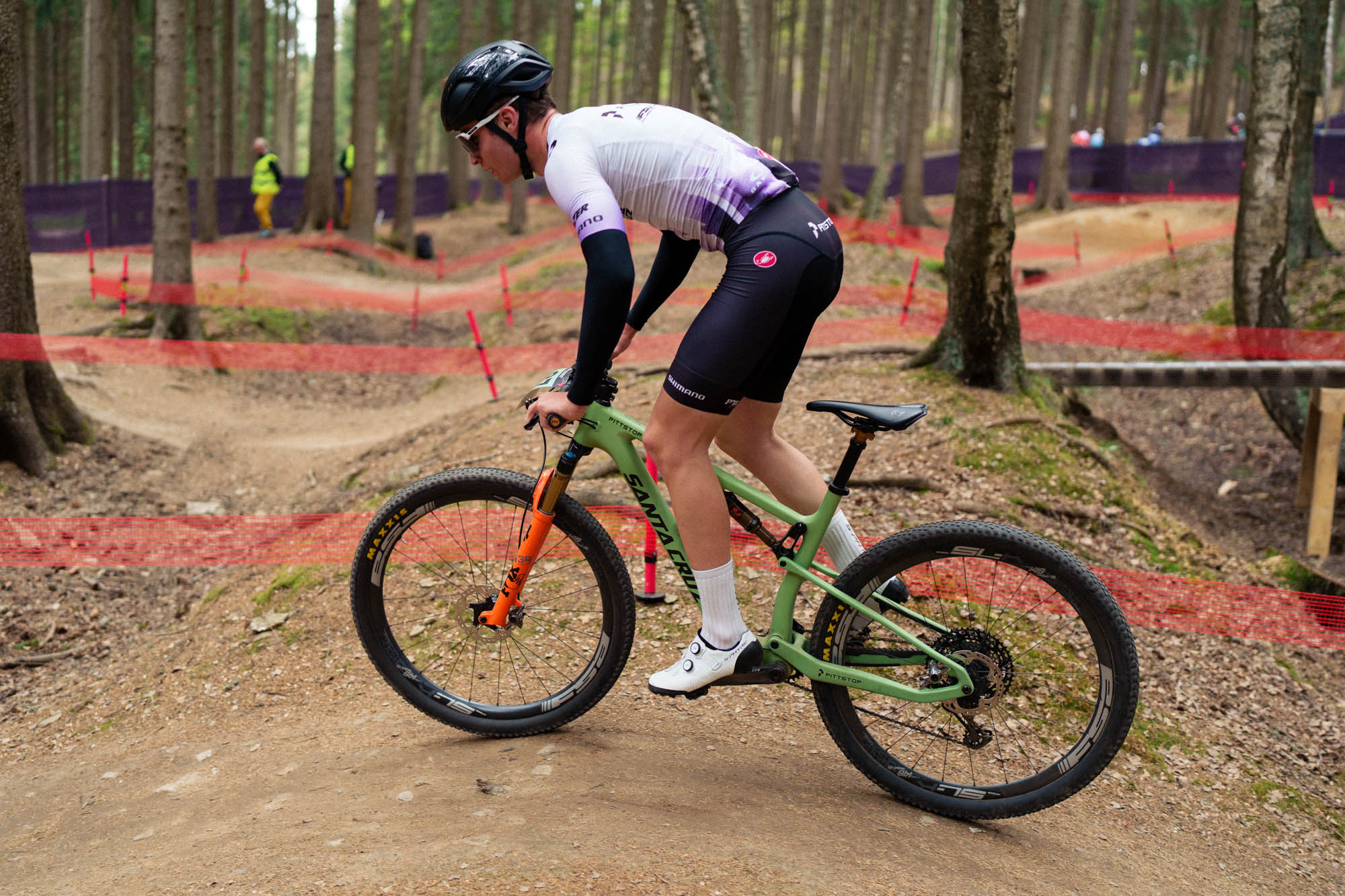
Aside from some subtle styling differences, the biggest change is in the handling. As compared to the Blur, the ZFS-5’s head tube angle is about 0.5° slacker (ranging from 66.6-67.8°, depending on build and size) for slightly more stable manners, but it’s still appropriately steep for XC racing. The seat tube angle is carried over at 74.9-76.5° (again, depending on size and build), the chainstay lengths are size-specific like the Blur, and the stack and reach figures are essentially the same, too.
Out back is the same suspension design used on the Blur, with a single main pivot located just above the bottom bracket shell and a small top tube-mounted swing link driving the horizontally oriented shock. Tuned flex in the seatstays will accommodate any necessary geometry changes as the rear end moves through its travel.
Rear travel will be 100 or 120 mm, depending on which rear shock is installed. Those configurations will eventually also be paired with either 100 mm or 120 mm-travel forks, depending on if you want a full-blown, hardcore XC racer or something slightly more versatile.

Cable routing is as you’d expect, which is to say the lines are partially internal, fed into the frame through ports in the headset cover. It’s undeniably a royal pain from a service standpoint, but Roy says that from an engineering perspective, it’s also lighter (since there are no reinforced holes or co-molded guide tubes in the frame) and – quite surprisingly – easier to assemble at the factory. He also promises that it’ll be “sealed up better than with conventional routing.”
But on the plus side, Cervelo at least equips the ZFS-5 with a conventional 73 mm-wide threaded bottom bracket shell, the relatively short seat tube should accommodate a generous range of dropper seatposts. And although a more compact flat-mount rear brake would have perhaps made it easier to shoehorn into the rear end, Roy thankfully saw fit to stick with the usual post-mount setup, albeit with a special mount that leaves the full length of the seatstays to flex as needed under load.
“There’s so much flex inherently in the system on a full-squish bike that whatever benefit we would have gotten from a press-fit or T47 oversized bottom bracket is negligible,” Roy said. “It just made more sense to do a 73 mm BSA here than anything else. Flat-mount is lighter and it’s easier to manufacture, but post-mount works, and this system allows us to tune the seatstay spring to what we needed it to be, so there’s no need to move to flat mount on this. And from a supply chain perspective, doing a partial flat mount is a pain.”
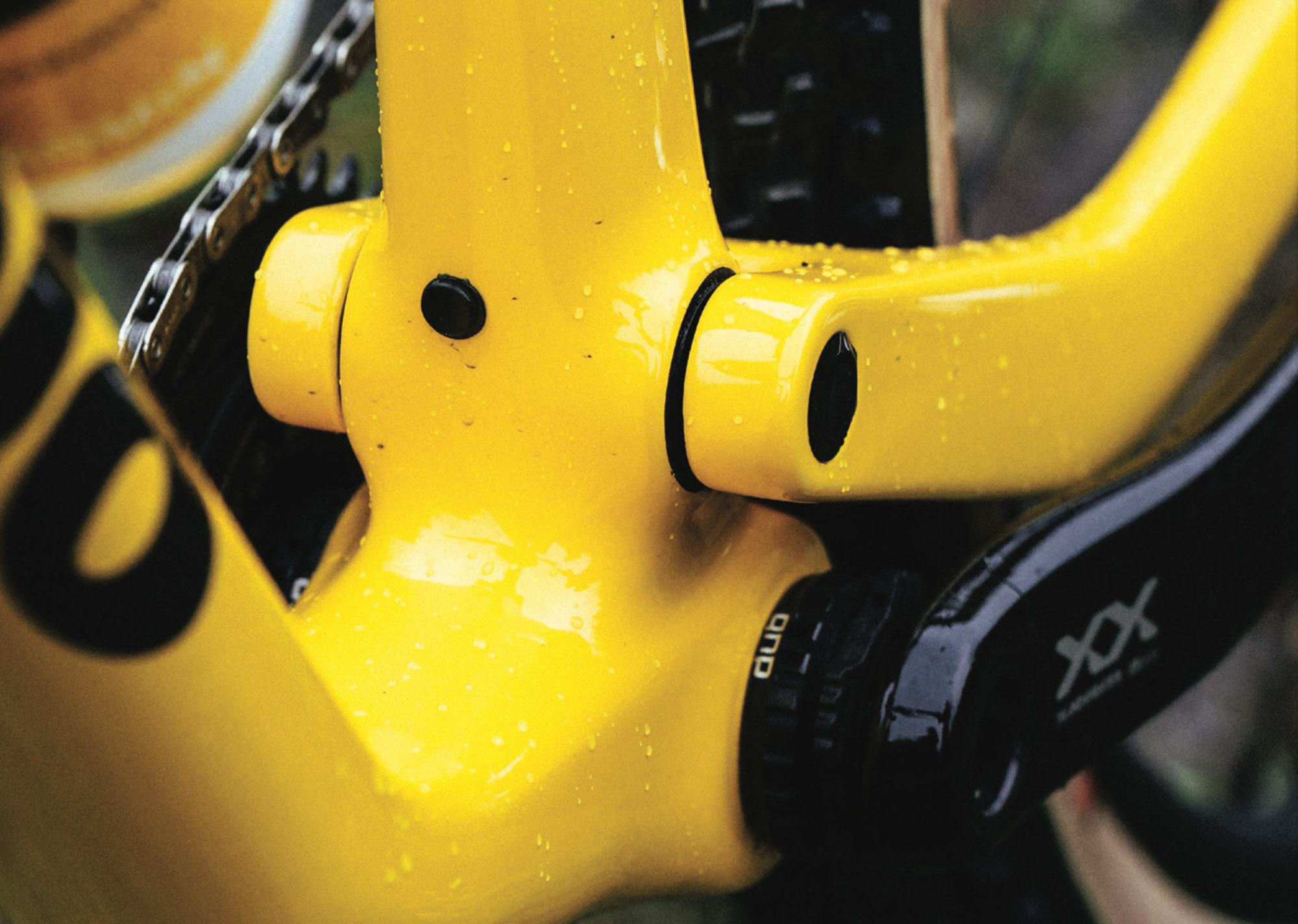
And of course, the ZFS-5 will be equipped with a SRAM Universal Derailleur Hanger, which will make it compatible with the company’s latest drivetrain models.
There’s no word from Cervelo just yet on the claimed frame weight for the ZFS-5, although based on the current Blur, it’d be safe to assume it’ll sneak in under the 2 kg mark. Cervelo’s lips are also sealed on pricing and build kits, but all will apparently be revealed in a month or so, and a test sample is slated to arrive some time in the next few weeks for a full review.
In the meantime, more information on the ZFS-5 can be found at www.cervelo.com.
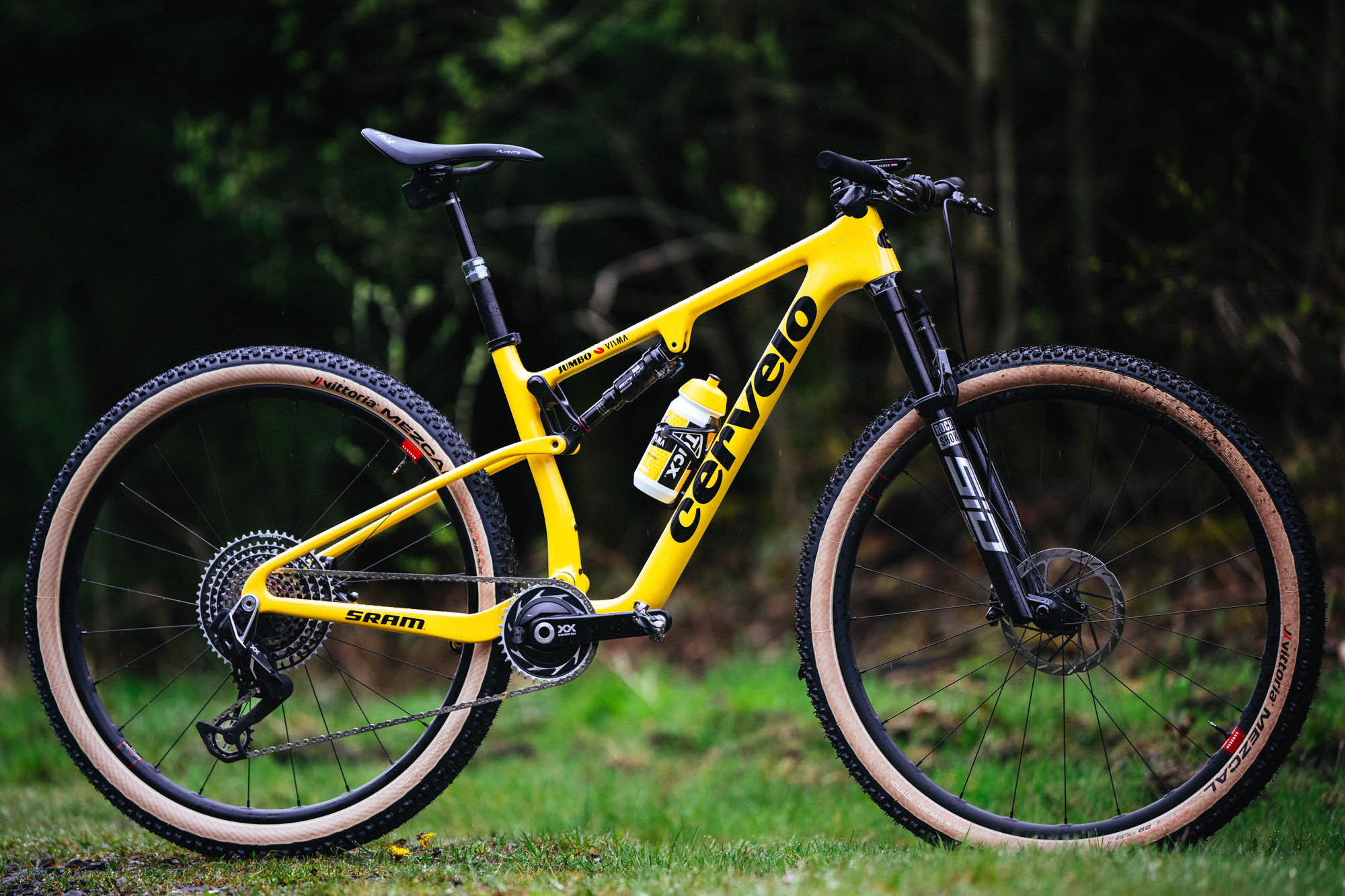
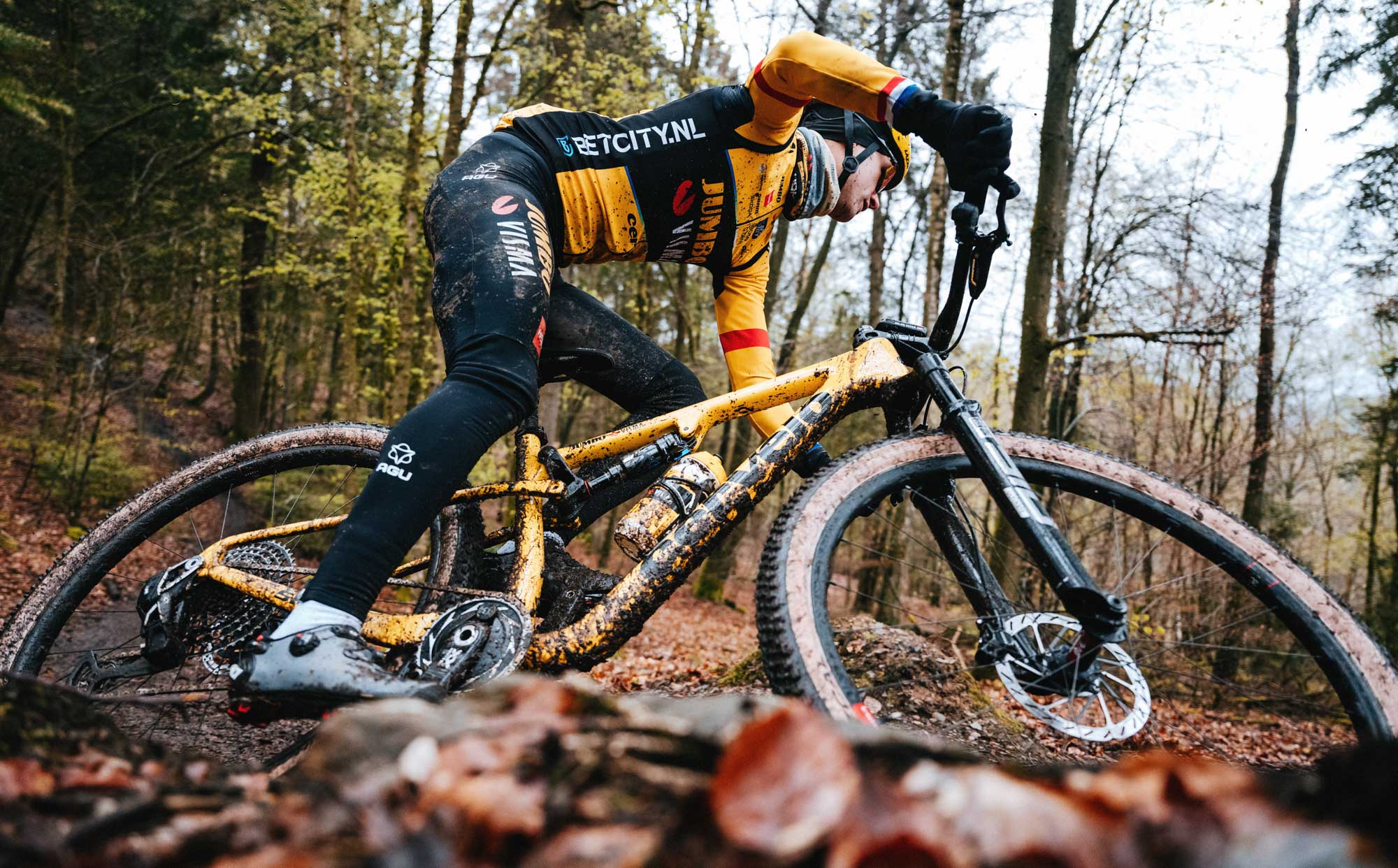
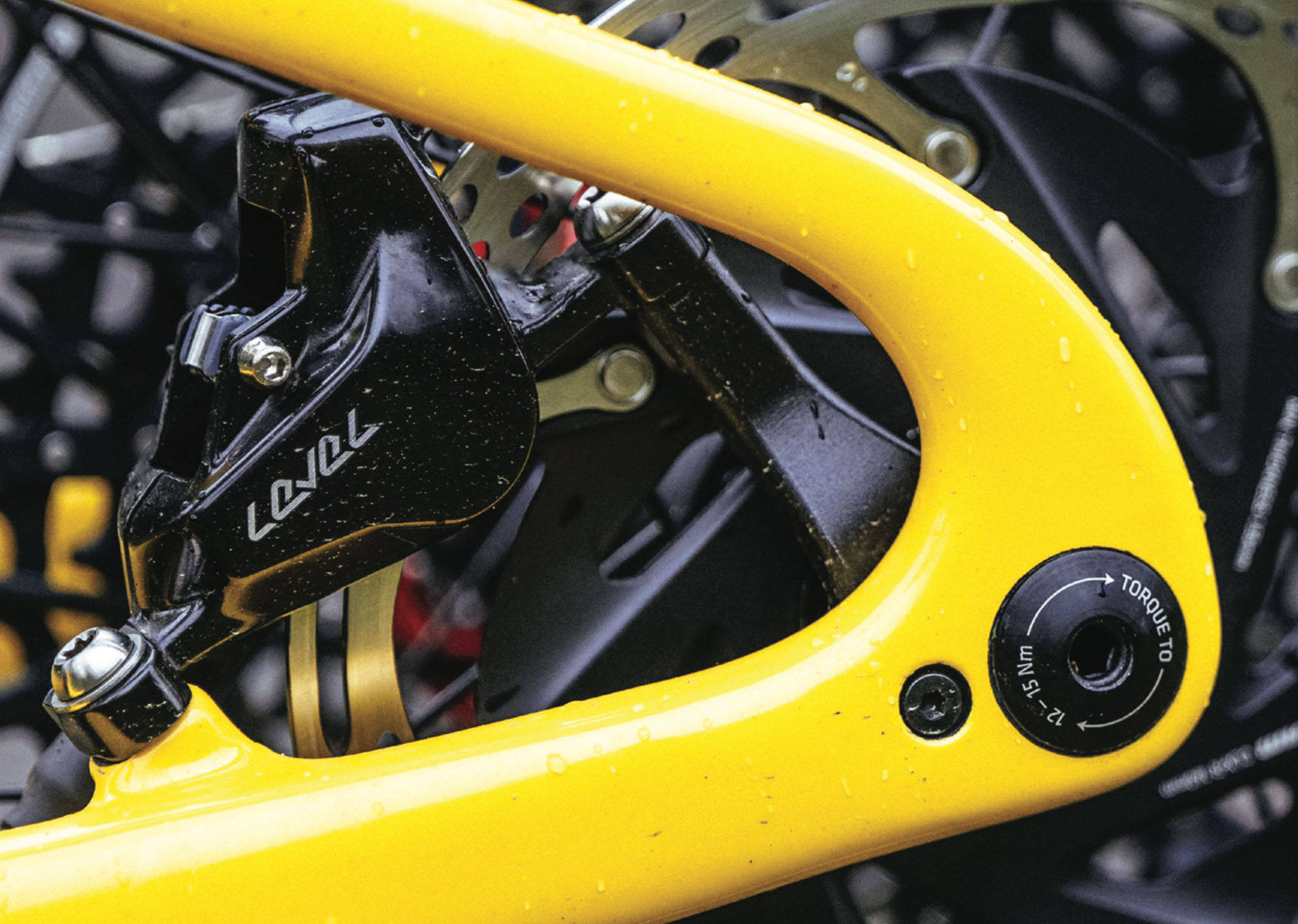
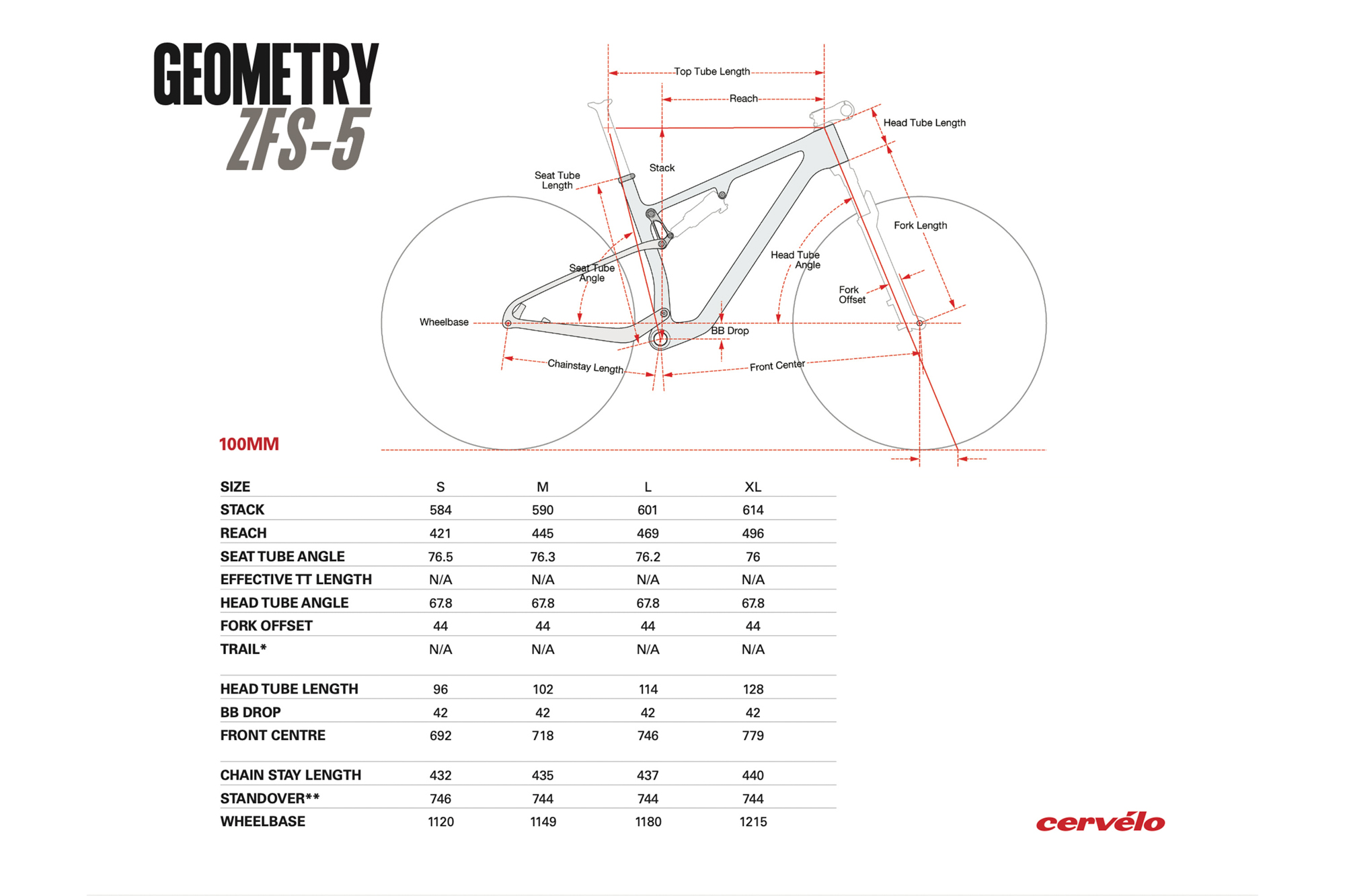
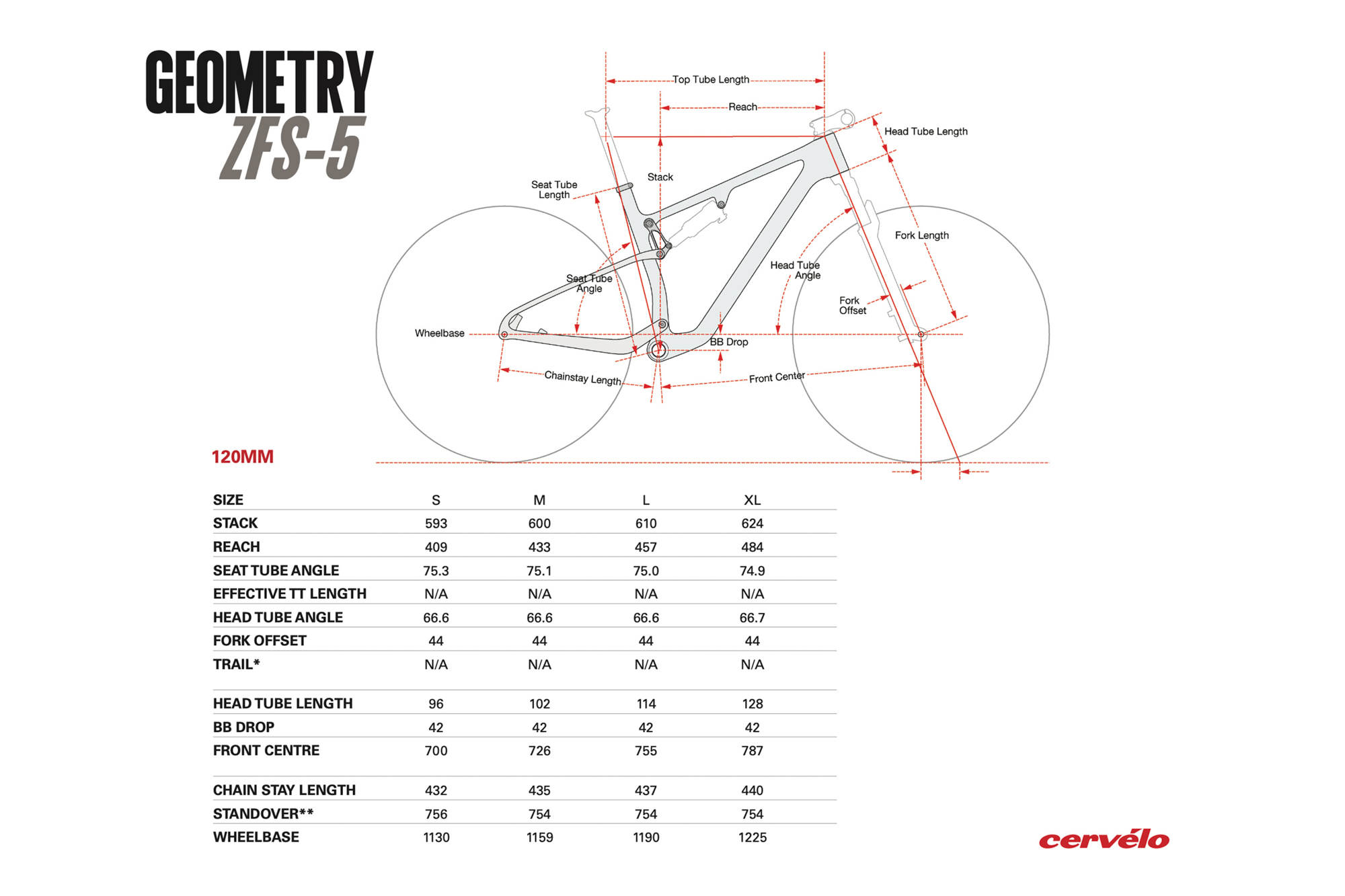
What did you think of this story?
